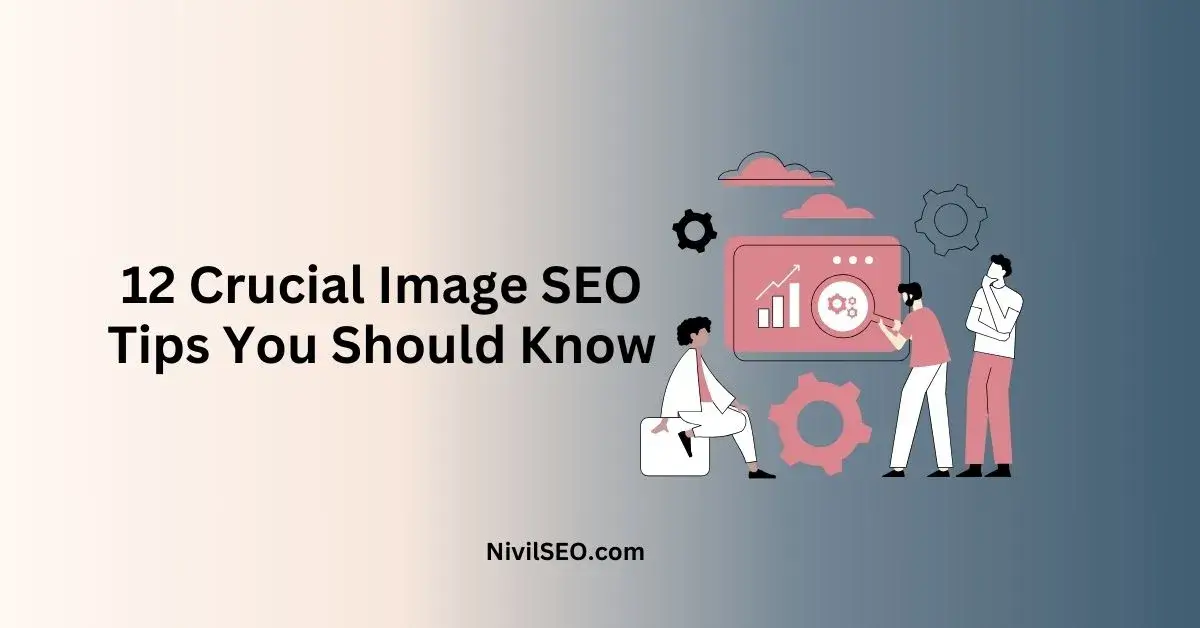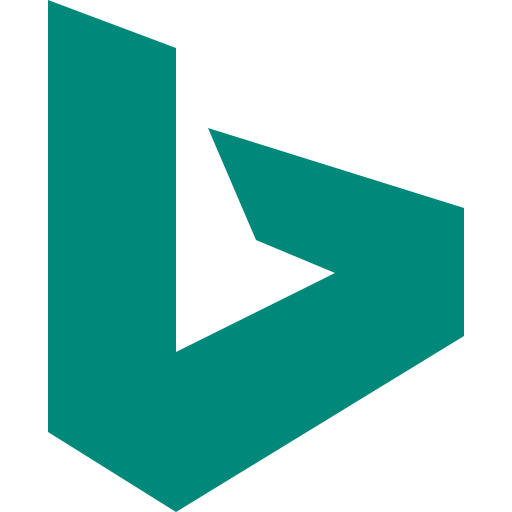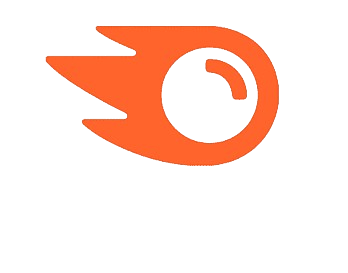Images can be considered an inseparable part of webpages as, in many cases, they take up the largest part of a page. Images are important that is why they have their own tab in Google search results and they have their own algorithm. Hence, search engine optimization of images should be a part of any good SEO strategy of an organization. This is a detailed article on image SEO tips discussing some of the strategies that can be employed in order to improve the chances of images to feature in the search engine’s results’ pages.
What Search Engines Do About Images and How They Categorize Them
Browsers, for example Google, index pages in the manner of looking for images and analyzing tags, names of files, etc. They take into account the context of the image, that is the text surrounding the image, image file name, alt text, image caption, and page content. Further, such techniques as image recognition are used to understand the content of images.
What is Image SEO?
- Image optimization includes methods used in order to improve the image visibility in SERPs. Some of them are optimizing image size, using images of various sizes depending on screen resolution, implementing images while scrolling, providing appropriate alt texts, using proper image file name, and using image metadata.
- Image Optimization Techniques
- Selecting an Image Format
- JPEG: Uses lossy compression and this makes it to be small in size but can be of low quality at some instances. Suppose adjusting the quality level of the offered products is a good key to achieving a balance.
- PNG: Retains the quality of the image and supports the idea of transparency, but the files themselves will be larger due to lossless compression.
- WebP: Affiliated to Google this format provides both lossless and lossy compression and therefore can produce files with considerably lesser sizes and quality that is equally as good.
- GIF: Lossless compression but sub standard for complex graphic and animation needed to be worked at 256 color bits.
- SVG: It can be described as a vector-based type of format that is commonly used in logos, icons, and designs because of their flexibility in scaling without compromising the resolution.
- BMP: These are files of large size and high quality but suffer the disadvantage of not being suitable for website use because of their size.
- Image Compression Image optimization can qualitatively be defined as image compression. As an example, when an image is in the BMP format, and it is transformed to WebP, there is a potential of saving on space used and time taken to load. Some of the recommended optimization instruments that can be used are ShortPixel, TinyJPG, EZGIF, and Kraken. io can be employed for higher levels of compression but it is always recommended that the amount of compression required should also be checked with the measure of quality.
- Writing Original Texts Original texts such as images can improve on the experience of the users and even their ranking in the search engine. Even such graphics as stock photos, though being optimized, can bring fewer advantages than unique and qualitatively made pictures. Google prefers fresh content and may consider stock photos as copy-cat versions of each other.
- Maximizing use of suitable and strong keywords in the file names of the images also assists the search engines in identifying the contents of the image. It is preferable to select non standard file names rather than such file names as ‘IMG_722019’.
- Writing SEO Friendly alt text Alt text is used as a textual description of images when they are not accessible. It gives some information into algorithms used by search engines and is critical for assistive technology. It is also useful in achieving better ranking since one is able to associate keywords with the images through descriptive alt text.
- Improving the title of the page and the description Page titles and descriptions are an aspect of the Google image search. Make sure the on-page SEO parts like the metadata and the header tags are harmonious with the images.
- Defining Image Dimensions Every image has an assigned size that can decide whether or not it will cause CLS problems; this affects the optimization of Core Web Vitals. Applying width and height properties for images guarantees the space is reserved by the browser in order to avoid layout shifts.
- Deploying Responsive Images The src set and sizes attributes enables deployment of images that load according to the device of the user. This also helps in saving bandwidth and is convenient when the content being displayed is going to be loaded on different sizes of screens.
- Lazy Loading Lazy loading loads images that are out of site until needed, thereby enhancing time to first byte and page speed. Use the loading=’lazy’ attribute for images but do not lazy load images that an initial page viewer is likely to see when loading the page.
- Why to put images in sitemaps? Putting images in the sitemaps helps in increasing the chances of the search engines actually indexing those images. Yoast and RankMath for WordPress or with Screaming Frog can create image sitemaps.
- Applying the concept of Structured Data Structured data improves web pages by passing additional details about images to the search engines. In the product schema, adding the product details will cause your images to rank better in the search results.
- For Efficient Image Delivery the use of CDNs relies on servers that are in close proximity to the users to deliver images faster. Many of the live CDNs including Cloudflare and Amazon CloudFront have features that they use to optimize images including the webp conversion for supported browsers.
This issue is concerned with images that touch on copyrights to distinguish whether you own the rights to use them in your website or are infringing the law.
Key Takeaways
Optimizing images is a multi-faceted process that involves choosing the right file format, compressing images without losing quality, creating unique content, and ensuring that images are mobile-friendly and appropriately tagged. By following these best practices and consulting an SEO expert Dubai, you can enhance your SEO strategy and improve your site’s visibility in search engine results.








